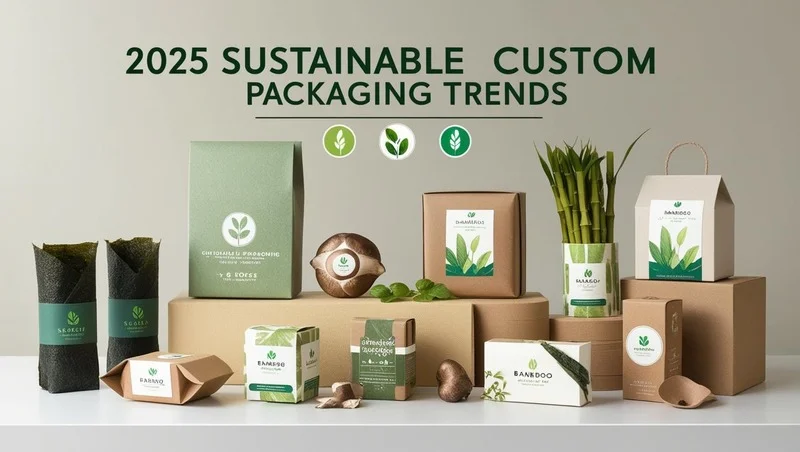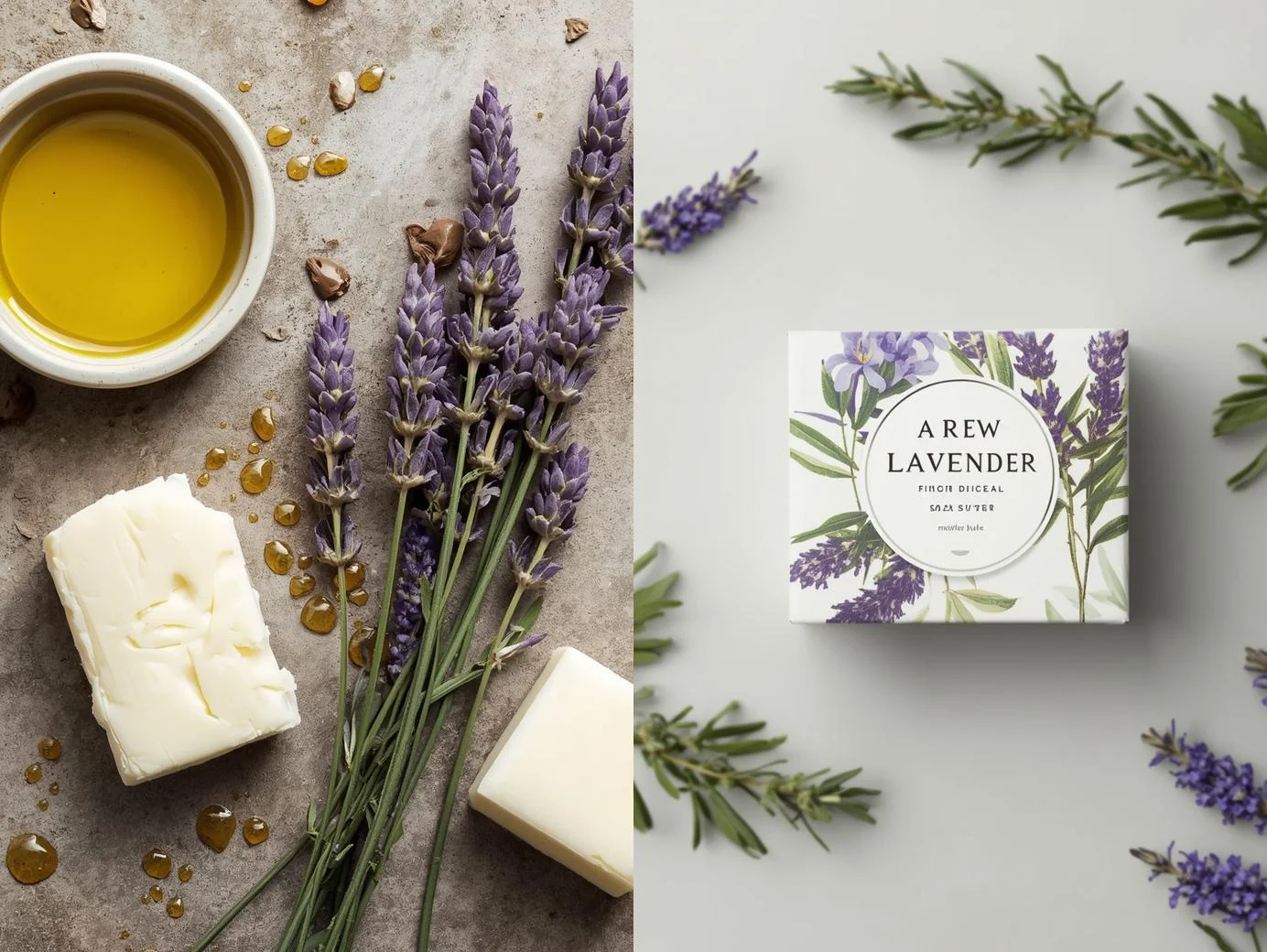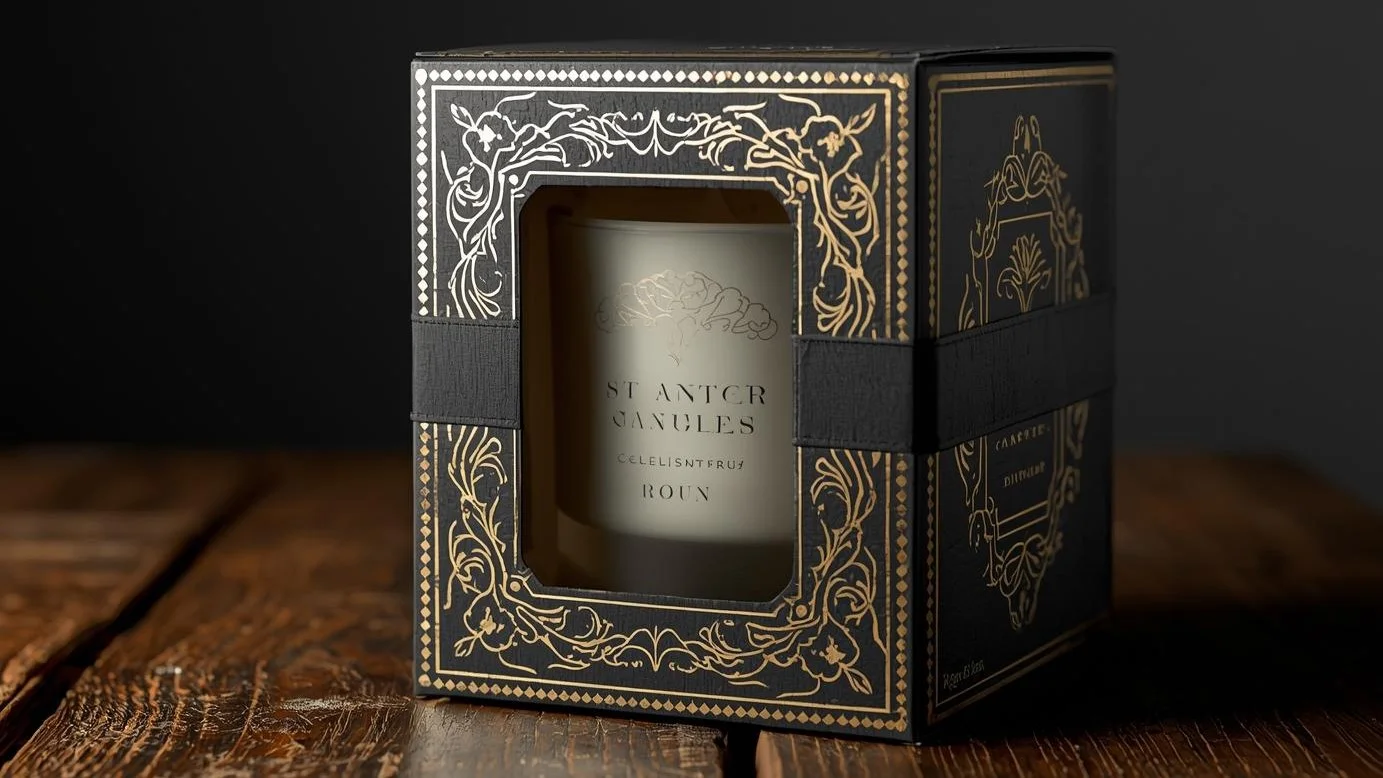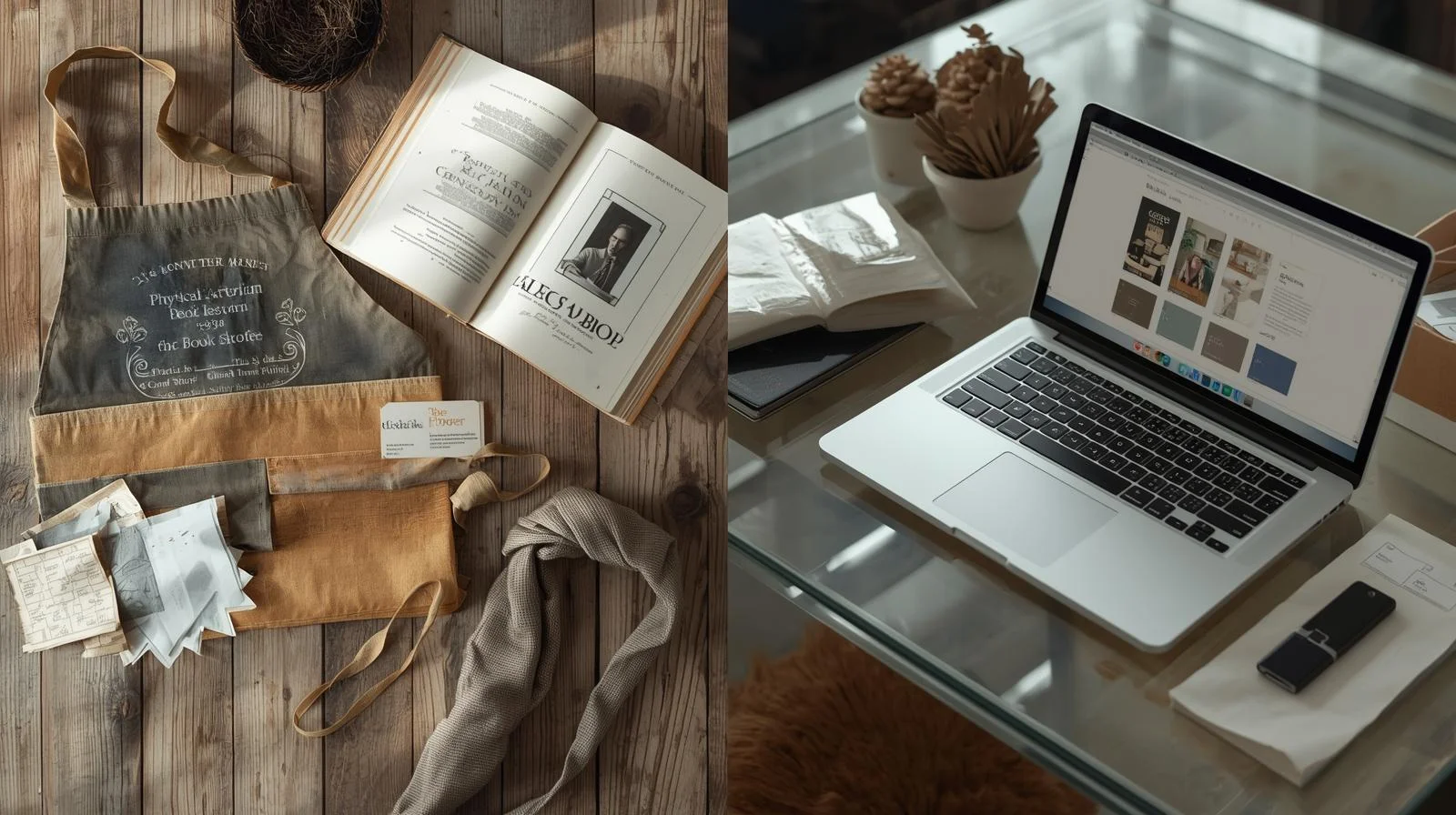Sustainability is reshaping the packaging industry. Consumers demand eco-friendly solutions, and regulations are tightening. In 2025, brands must adopt sustainable custom packaging to stay competitive. This guide explores the top trends, materials, and strategies to help your brand thrive. Read on to learn actionable steps for a greener future.
Table of Contents
ToggleWhy Sustainable Packaging Matters in 2025
Consumers care about the environment. A 2025 survey by Cost Saving Packaging found 90% of shoppers prefer brands with eco-friendly packaging. Regulations, like the EU’s Packaging and Packaging Waste Regulation (PPWR), push for reusable and recyclable solutions. Sustainable packaging boosts brand loyalty, cuts waste, and meets legal standards.

Key Benefits of Sustainable Packaging
- Builds Trust: Eco-conscious consumers choose brands that align with their values.
- Reduces Costs: Minimalist designs use fewer materials, saving money.
- Meets Regulations: Avoid fines by complying with global sustainability laws.
- Boosts Sales: 39% of consumers share eco-friendly purchases on social media.
Top Sustainable Packaging Trends for 2025
Stay ahead with these innovative trends shaping custom packaging in 2025. Each offers unique ways to reduce environmental impact and engage customers.
1. Biodegradable and Compostable Materials
Materials like seaweed, cornstarch, and mushroom packaging are replacing plastics. These break down naturally, reducing landfill waste. Brands using compostable packaging appeal to eco-conscious shoppers.
2. Reusable and Refillable Packaging
Reusable containers are gaining traction. Brands like Loop offer returnable packaging systems. Refillable pouches, like those used by Hawkins and Brimble, cut waste and shipping costs. By 2030, the EU aims for 40% of transport packaging to be reusable.
3. Minimalist Packaging Designs
Less is more. Minimalist packaging uses fewer materials and simpler designs. It lowers production costs and carbon footprints. Consumers love sleek, eco-friendly packaging that’s easy to recycle. Cost Saving packaging paper-based wraps are a great example.
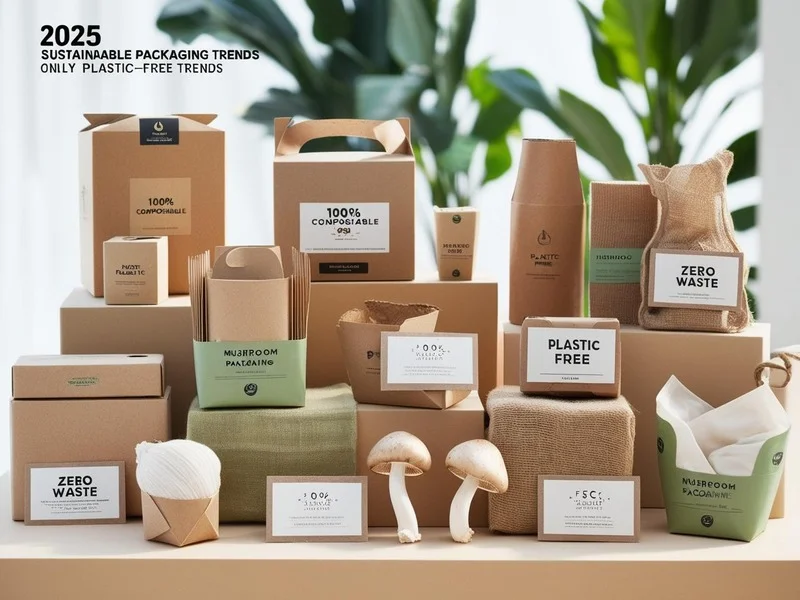
4. Monomaterial Packaging
Monomaterial packaging uses one type of material, like polyethylene (PE), for easier recycling. It eliminates the need to separate components, boosting recycling rates.
5. Smart Packaging with IoT
Smart packaging uses QR codes or NFC chips to share sustainability info. It tracks product freshness and supply chain data. This builds trust and reduces waste.
How to Implement Sustainable Packaging for Your Brand
Ready to go green? Follow these steps to adopt sustainable custom packaging in 2025.
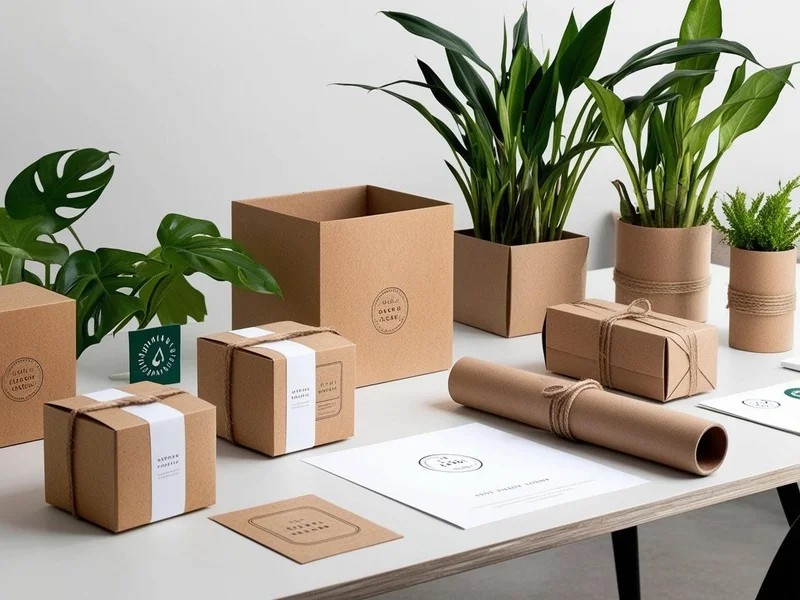
Step 1: Assess Your Current Packaging
Review your materials and processes. Identify single-use plastics or non-recyclable components. Set clear sustainability goals, like reducing virgin plastic by 20% by 2026.
Step 2: Choose Eco-Friendly Materials
Switch to biodegradable, recyclable, or reusable materials. Partner with suppliers like EcoEnclose for plant-based options. Test materials to ensure they protect your products.
Step 3: Optimize for eCommerce
eCommerce packaging must balance protection and sustainability. Use lightweight, frustration-free designs, like Amazon’s FFP program. Collapsible inserts save space and reduce emissions.
Step 4: Educate Your Customers
Use eco-labels to share recycling instructions. Add QR codes linking to your sustainability story. Engage customers with campaigns about your green efforts.
FAQs About Sustainable Packaging in 2025
What is sustainable packaging?
Sustainable packaging uses eco-friendly materials that are recyclable, biodegradable, or reusable. It reduces environmental impact and meets consumer and regulatory demands.
Why is sustainable packaging important for brands?
It builds consumer trust, meets regulations, and cuts costs. 90% of shoppers prefer brands with eco-friendly packaging, boosting sales and loyalty.
What materials are trending in 2025?
Biodegradable materials like seaweed, compostable plant-based plastics, and recyclable monomaterials like PE are popular. Reusable containers are also trending.
Act Now for a Sustainable Future
Sustainable custom packaging is no longer optional—it’s a must. By adopting biodegradable materials, reusable systems, and smart technology, your brand can reduce waste, meet regulations, and win customer loyalty. Start small: assess your packaging, test eco-friendly materials, and educate your audience. The future is green, and 2025 is the year to act.

